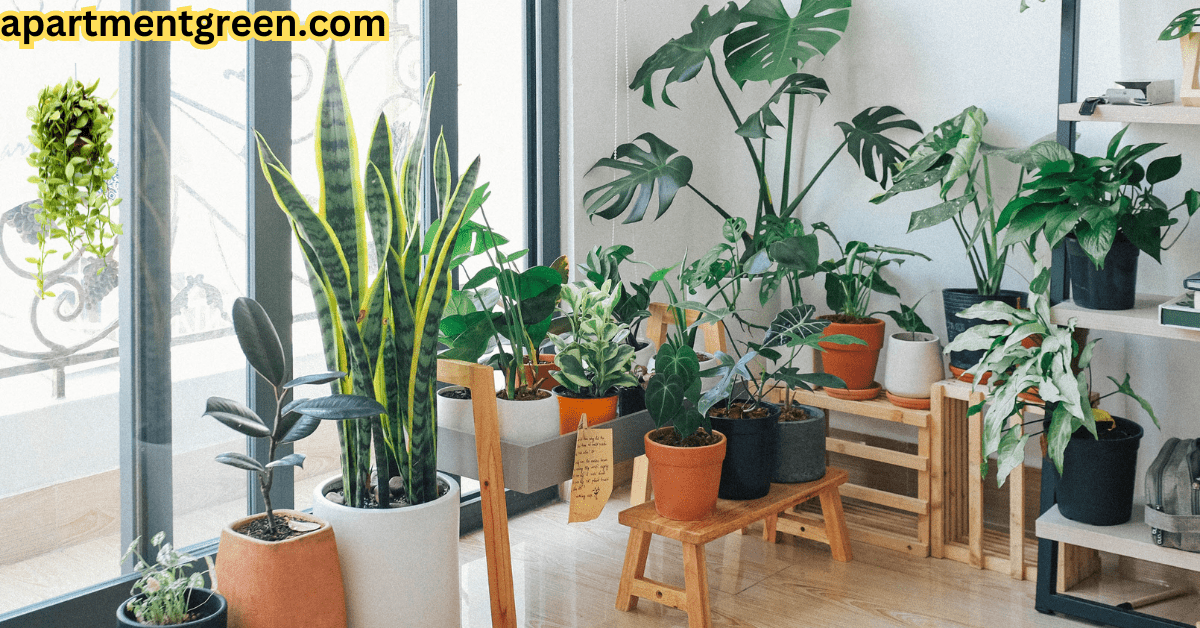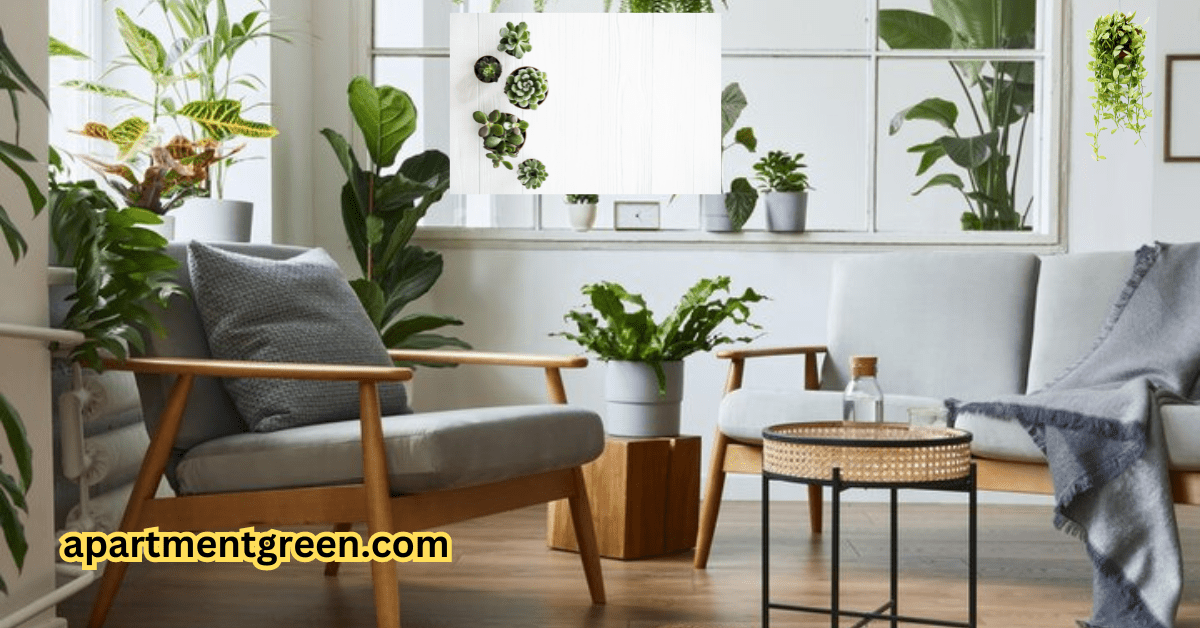It seems like you are interested in popular indoor house plants, especially those featured in The New York Times. Here are some of the results I found for you:
The New York Times just released a list of trendy indoor houseplants that plant lovers and decorators are loving. They recommend pothos, rex begonia, weeping fig, calathea rattlesnake, monstera deliciosa, snake plant, and bird of paradise.
Guess what? One of these plants is even the answer to a crossword clue in The New York Times Mini Crossword Puzzle! The clue is “Popular indoor house plant” and the answer is FICUS. Cool, right? Ficus is part of a plant family with around 850 different species.
You should definitely check out this amazing article from The New York Times on how to take care of indoor plants. It covers everything from choosing the right pots, watering tips, fertilizing, pruning, propagating, and dealing with pests and diseases.
Oh, and there’s also a blog post from Family Grooma that offers 10 fantastic guidelines for popular indoor house plants mentioned in the NYT. It includes tips like selecting plants that match your lifestyle, providing enough light and humidity, rotating your plants, and keeping their leaves clean.

What are some low-maintenance indoor plants?
There are many indoor plants that are low-maintenance and can thrive with minimal care. Some of the most popular ones are:
Snake plant
(Sansevieria cylindrica): This succulent has upright, cylindrical leaves that are striped with green and yellow. It can tolerate low light, dry air, and infrequent watering. It is also known as the African spear plant or the cylindrical snake plant.
Aloe vera
Let me introduce you to Aloe vera, a fantastic plant with fleshy, spiky leaves. It’s got this amazing gel-like substance that works wonders for soothing burns and moisturizing your skin. It’s also called the medicine plant or burn plant.
Pothos
(Epipremnum aureum): This plant has heart-shaped leaves that are green with yellow or white variegation. It can grow as a vine or a trailing plant, and can be easily propagated by cutting.
It can adapt to various light conditions, from bright to low, and does not need much water. It is also known as the devil’s ivy or the golden pothos.
Jade plant
(Crassula ovata): This plant has thick, glossy leaves that are green with red edges. This plant can turn into a cute tree or bush and bloom with pink or white flowers during winter.
This plant loves bright light and well-drained soil, and it’s not a big fan of water. It is also known as the money tree or the lucky plant.
Peace lily
(Spathiphyllum): This plant has dark green leaves and white flowers that resemble lilies. This amazing thing cleans the air, getting rid of harmful stuff like formaldehyde and benzene.
It needs medium to low light and moist soil, but does not need much water. Did you know that this plant is also called spath or white sail? Cool, huh?
Can I grow an Aloe Vera plant from a leaf cutting?
Growing an aloe vera plant from a leaf cutting is possible, but not the simplest or most dependable way. According to Utopia, the chances of the leaf taking root vary, so you should make several cuttings at once to increase your chances of success.
You also need to let the leaf air-dry for several days before planting it in a pot with succulent or cactus potting mix1.
Alternatively, you can propagate aloe vera using offshoots or pups, which are baby plants that grow from the base of the mother plant. This option is highly recommended! It’s super easy: separate the pup, let it dry, and plant in a new pot.
How do I care for an Aloe Vera Plant?
Hey there! Did you know that Aloe Vera Plants are awesome? They can thrive indoors or outdoors, just give them plenty of light and well-draining soil. Here are some care tips!
Watering:
Aloe vera plants don’t need lots of water since they store it in their leaves. Overwatering can harm them, so it’s best to water less.
Only water your aloe vera when the top 1-2 inches of soil are dry, and let the extra water drain out. In spring and summer, water it 2 to 3 times a month, and in fall and winter, once a month.
Soil:
Aloe Vera plants prefer sandy or gritty soil that allows good drainage. You can use a cactus or succulent potting mix, or make your own by mixing regular potting soil with perlite and coarse sand. Aloe Vera plants like slightly acidic soil, with a pH of around 6.0.
Light:
Aloe Vera plants need bright, indirect sunlight to grow well. Too much direct sun can burn their leaves, while too little light can make them leggy and weak.
Place your aloe vera plant in a sunny window, or outdoors in a spot with partial shade. If you live in a cold climate, bring your aloe Vera plant indoors before the first frost.
Fertilizer:
Aloe Vera plants are pretty low maintenance and don’t need much fertilizer. But, if you want to give them a little extra love۔
you can use a weak liquid fertilizer every 2-3 months from April to September. Just remember to skip the winter months, as that’s when they’re taking a nap.
Pruning:
Aloe Vera plants do not need much pruning, except for removing dead or damaged leaves.You can totally harvest the leaves for their amazing gel, which is super useful for skin and health.
To do it, just cut the leaf at the base with a sharp knife and let it drain for 10 minutes. Oh, and remember not to cut too many leaves at once, it can stress the plant.
Propagating:
Aloe vera plants can be easily propagated by using offshoots or pups, which are baby plants that grow from the base of the mother plant.
To propagate an aloe vera plant, gently remove the pup from the parent plant, making sure to include some roots. Let the pup dry for a few days, then plant it in a new pot with well-draining soil. Water the pup lightly until it establishes itself.
What are some other succulents that I can grow indoors?
There are many other succulents that you can grow indoors, depending on your preference and space. Some of the most popular ones are:
String of pearls
(Senecio rowleyanus): This succulent has round, pea-like leaves that grow on long, trailing stems. It looks like a string of green pearls, hence the name.
It needs bright light and well-drained soil, but does not need much water. It is also known as the string of beads or the rosary plant.
Echeveria
(Echeveria spp.): This is a large genus of succulents that form rosettes of fleshy, colorful leaves. They come in various shapes, sizes, and colors, such as blue, pink, purple, red, and silver.
They need bright light and well-drained soil, but do not need much water. They are also known as the hen and chicks or the Mexican snowball.
Lithops
(Lithops spp.): This is a genus of succulents that resemble stones or pebbles. They have two thick, opposite leaves that are fused at the base and have a slit in the middle. They can have various patterns and colors on their leaves, such as dots, stripes, or speckles.
They need bright light and well-drained soil, but do not need much water. They are also known as the living stones or the flowering stones.
Cactus
(Cactaceae family): This is a large family of succulents that have spines or thorns on their stems or ribs. They can have various shapes and sizes, such as spherical, columnar, branching, or trailing. They can also produce beautiful flowers in various colors, such as white, yellow, pink, red, or purple.
They need bright light and well-drained soil, but do not need much water. Some of the common indoor cacti are the bunny ears cactus (Opuntia microdasys), the star cactus (Astrophytum asterias), the moon cactus (Gymnocalycium mihanovichii), and the Christmas cactus (Schlumbergera x buckleyi).
These are just some of the other succulents that you can grow indoors.

How Can I Care Indoor House Plant
Taking care of indoor plants can be a delightful and fulfilling hobby, but it does require some know-how and attention. Here are some handy tips I gathered from different sources.
Light:
Different plants have different light requirements, ranging from full sun to low light. You should check the plant tag or do some research to find out how much light your plant needs, and place it accordingly.
If you want your plant to thrive, place it near a south-facing window for maximum brightness. But don’t worry if you don’t have one – you can always use LED bulbs to give your plant the light it needs.
Just be careful not to overdo it – too much or too little light can cause issues like scorching, bleaching, wilting, or legginess.
Water:
Watering is one of the most important aspects of indoor plant care, but also one of the most challenging. You should water your plant only when the top one inch of soil is dry, and use room-temperature water.
Avoid overwatering or underwatering your plant, as both can damage the roots and cause other issues. The frequency and amount of water your plant needs depend on various factors, such as the type of plant, the size of the pot, the season, and the humidity level.
Soil:
The type of soil you use for your indoor plant should match its natural habitat and drainage needs. Feel free to grab a potting mix made for indoor plants or create your own blend with peat moss, perlite, sand, or compost.
The soil should be loose and airy, and not too compacted or heavy. The pH level of the soil should also suit your plant’s preference.
Fertilizer:
Indoor plants need fertilizer to provide them with essential nutrients that they cannot get from the soil alone. You can use a liquid or granular fertilizer that is appropriate for your plant’s type and growth stage.
You should follow the instructions on the label and apply the fertilizer sparingly and regularly. Do not fertilize your plant during winter, when it is dormant or resting.
Pruning:
Pruning your indoor plant can help it maintain its shape and size, remove dead or diseased parts, and encourage new growth and flowering.
You should use a sharp and clean pair of scissors or pruning shears to cut off any unwanted stems or leaves. You should also remove any faded or wilted flowers to prevent seed formation and prolong blooming.
Propagating:
Propagating your indoor plant can be a fun way to create new plants from existing ones. When it comes to growing plants, there are a few ways to do it.
You can use seeds, cuttings, division, or layering. The best method depends on your plant and how easy it is to root. You should always use healthy and vigorous parts of the plant for propagation, and provide them with suitable conditions for rooting and growing.
